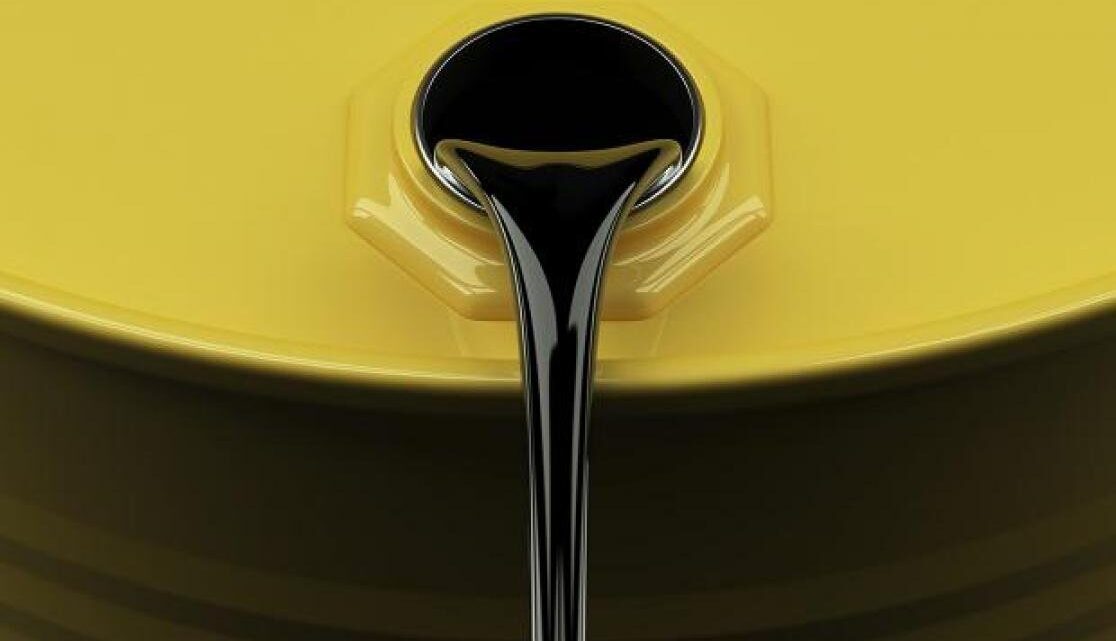
Mazut is a heavy, low quality fuel oil which is the residue from distillation of gasoline, ligroin, kerosene, and diesel oil fractions from petroleum. It comprises all residual fuel oils, including those obtained by blending. Its kinematic viscosity is above 10 cSt at 80°C. The flash point is always above 50°C and the density is always higher than 0.90 kg/l.
It may be used as boiler fuel oil, in the preparation of distillate and residual lubricating oils, in cracking or hydrogenation processes for the manufacture of motor fuel (gasoline or diesel oil), and in the production of bitumen and coke, depending on its chemical composition and properties.
The main difference between the different types of Mazut-100 is the content of sulfur. The grades are represented by these sulfuric levels:
• “Very Low Sulphur” is Mazut with a sulfur content of 0.5%
• “Low Sulphur” is a Mazut with a sulfur content of 0.5-1.0%
• “Normal Sulphur” is a Mazut with a sulfur content of 1.0-2.0%
• “High Sulphur” is a Mazut with a sulfur content of 2.0-3.5%
Most common types of mazut are Iranian CST180, CST280 and CST380, Russian M100, and Iraqi mazut.